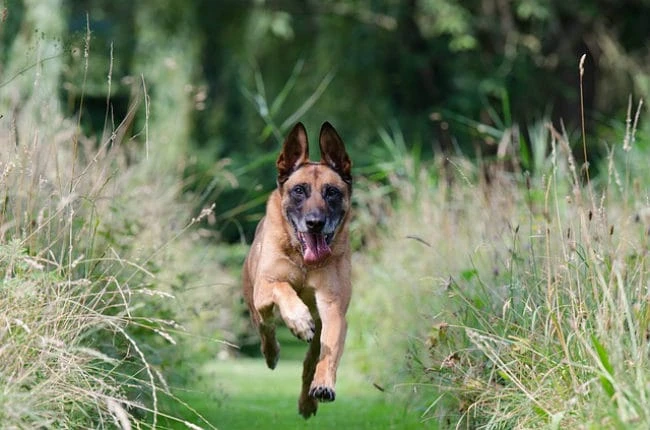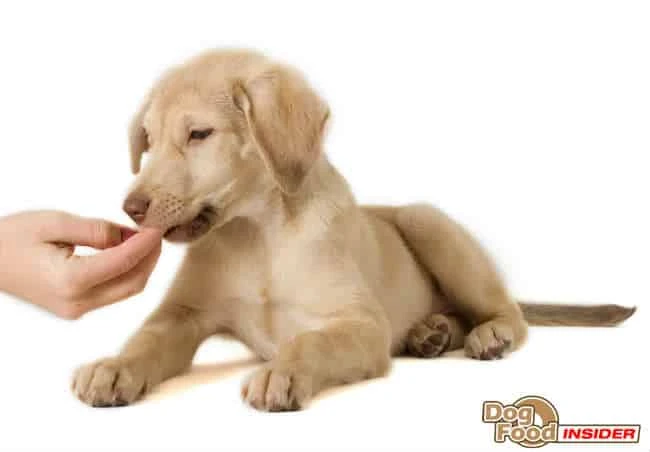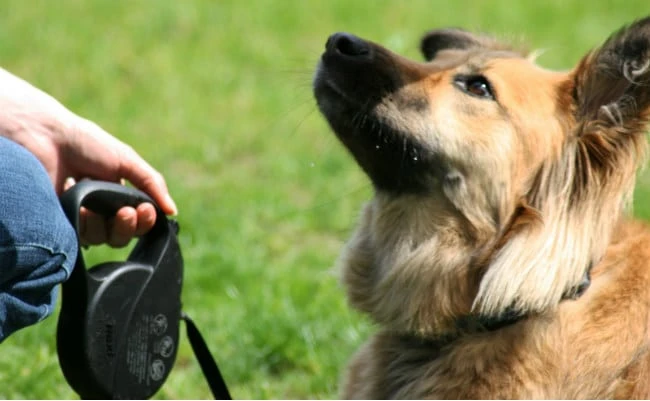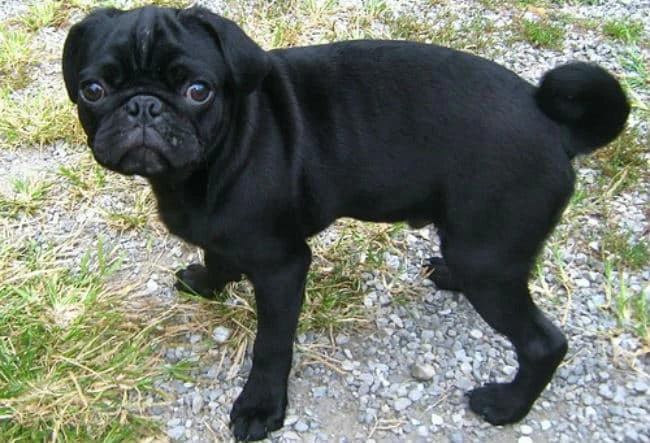Dog Separation Anxiety, Separation Anxiety in Dogs, Canine Separation Anxiety
Dog Separation Anxiety
In this section we teach you how to stop your dog or puppy soiling the House, chewing, or showing destructive behavior.
All common problem associated with separation anxiety in dogs & puppy separation anxiety
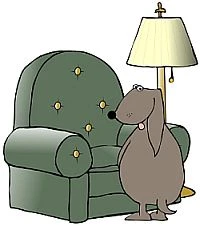
In this section we will discuss dog separation anxiety, and how house training a puppy and crate training a dog with separation anxiety can be easy.
Some of the most common problems that dog owners encounter with dog separation anxiety and puppy separation anxiety is coming home to finding pee or poop on the floor, chewing objects or other destructive behavior.
In this section we help cure this common dog & puppy behavior problem with our step by step dog training guide – here for you to read, use and reap the lasting benefits so that you and your dog can continue to have the strong bond that you had before the problem started.
Dog Separation Anxiety
Dog Separation Anxiety – how to stop common problems.
Soiling around the House, chewing and destructive behavior are some of the most common problems associated with dog and puppy separation anxiety.
Below we have provided a step by step guide to curing this problem.
- It is important that you make sure you have given your dog or puppy plenty of exercise before you leave the House. If you are unable to return home for a while you may need to employ someone to let your dog out or ask a neighbour.
- It is unfair and cruel to expect your dog or puppy to hold his bladder for hours – do make sure that you let him out before you go out.
- Try not to make a big deal of going out. Simple things like putting your suit on, jangling the keys or applying your make up is sometimes enough for you to trigger pre-conditioned anxiety in your dog.
Check out our section on classical conditioning for more information on this.
- You need to get your dog or puppy settled before you leave the House. If you have a puppy ask him to go in his crate and give him a toy or a treat.
For more information on dog crate training check out our section on crate training a dog. If you have an older dog ask him to go to bed and give him a treat.
A really useful dog training technique is to put the radio on with some soft smooth music.
A TV is also a good thing to leave on – but don’t choose a really noisy station just something nice and quiet.
- Leave a piece of clothing with your dog or puppy as they like things that smell of you and it relaxes them.
- When you leave the House be very matter of fact about it – just a simple bye will do. If you cuddle your dog or puppy and make lots of fuss he will start to think that he has a reason to become anxious.
- If your dog is showing destructive behavior to a particular object such as your favorite chair – don’t allow your dog to be near them.
Leave a favorite toy or chew for your dog or puppy to focus his energy on.
- Dog separation anxiety is displayed in numerous ways. If your dog or puppy is chewing things, barking or whining it maybe because he feels claustrophobic.
- Try installing a dog flap as it will allow your dog to access the garden to pee or poop and it will also give him more space.
- If your dog is actually allowed outside and is barking or whining you maybe giving him too much freedom – bring your dog back inside and confine him to a particular area.
- Using chews and toys or a bone stuffed with peanut butter will occupy your dog and tire him out.
Go from here back to dog separation anxiety or back to dog obedience training home-page
